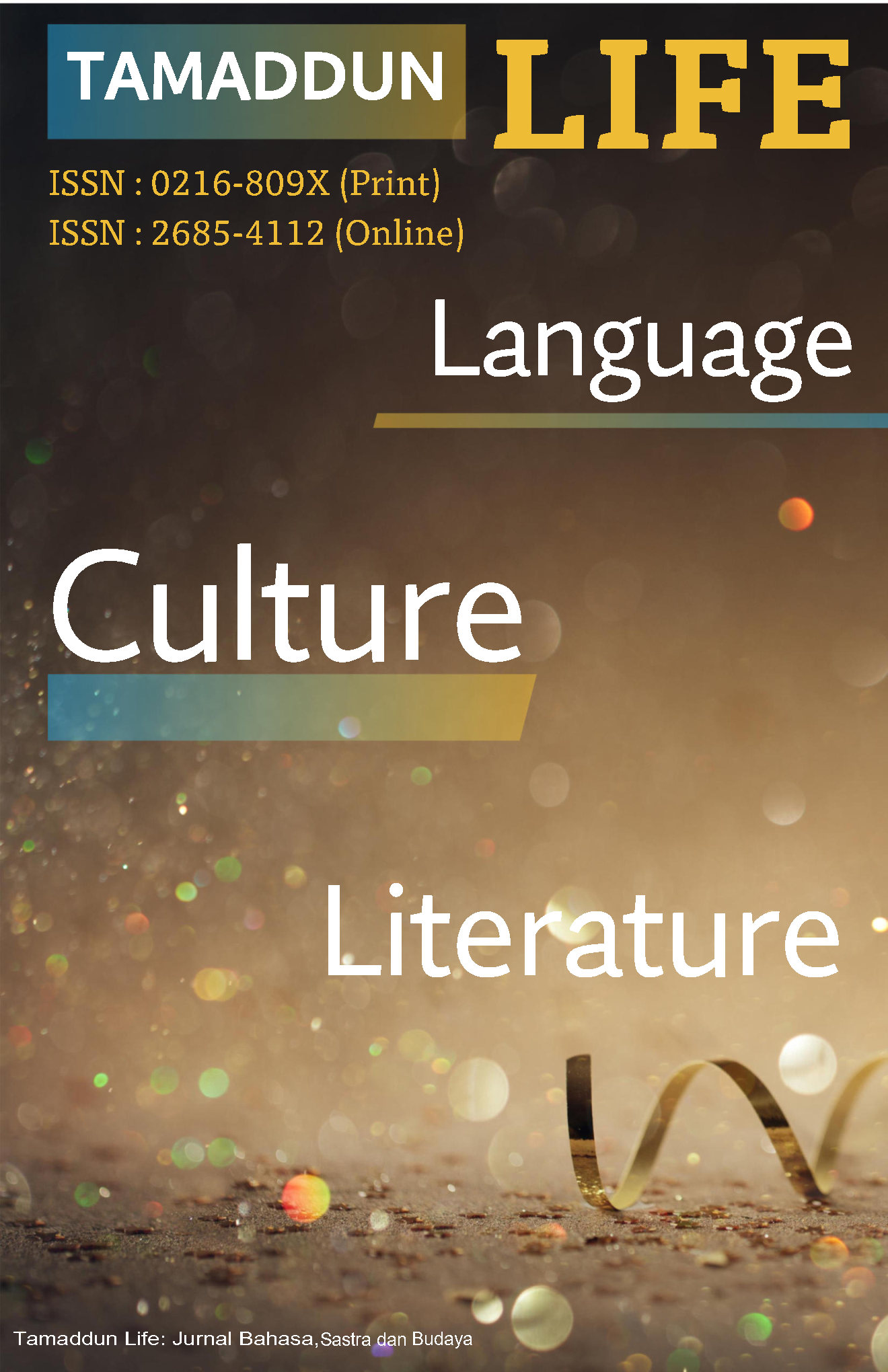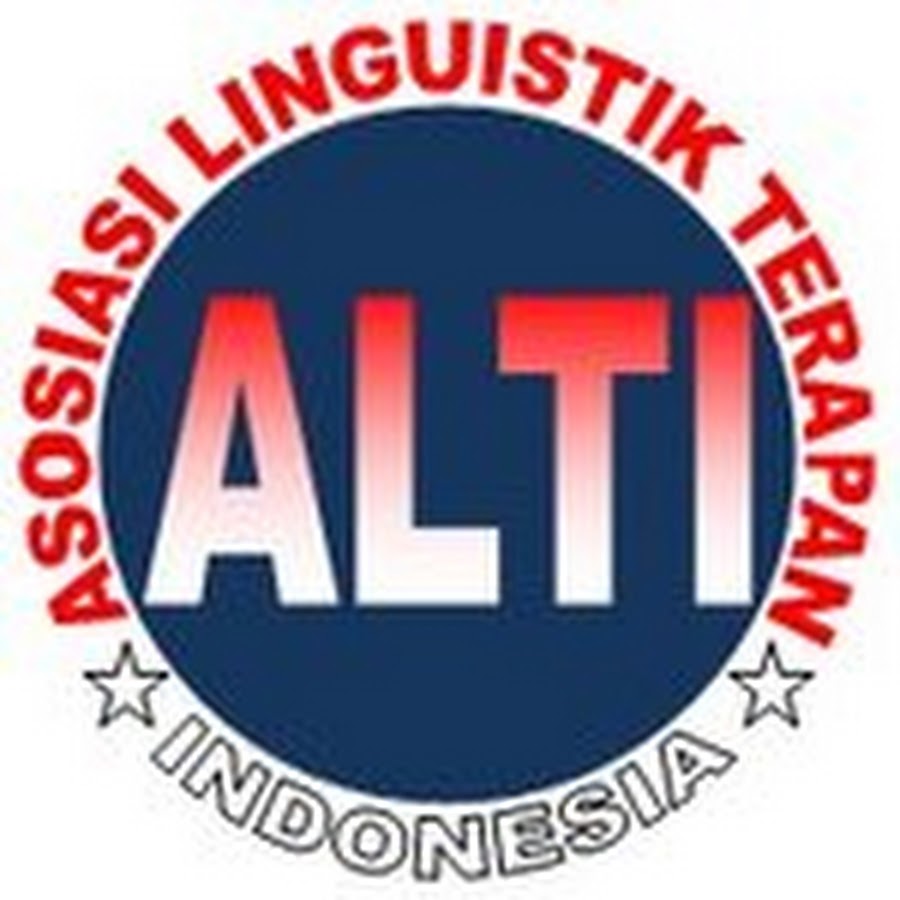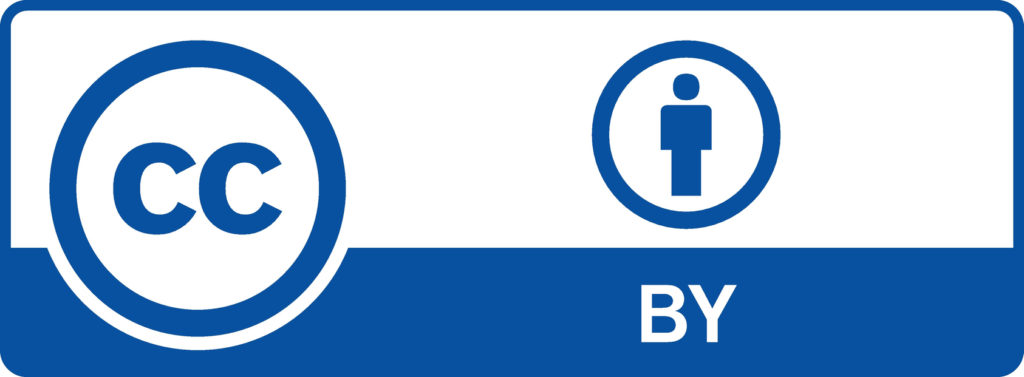Speech Events in the Indonesian Version of Miracle in Cell No. 7 and YouTube Discussion Pages: A Digital Communication Context Analysis Using Dell Hymes’ “Speaking” Model
DOI:
https://doi.org/10.33096/tamaddun.v24i1.952Kata Kunci:
SPEAKING model, speech events, digital discourse, film analysis, SociolinguisticsAbstrak
This study investigates the structure and characteristics of speech events in two distinct communicative contexts using Dell Hymes’ SPEAKING model: the Indonesian adaptation of the film Miracle in Cell No. 7 and an online legal discussion hosted on Sahabat ICW’s YouTube channel. The research applies qualitative content analysis to identify and compare the elements of Setting, Participants, Ends, Act Sequence, Key, Instrumentalities, Norms, and Genre across both sources. In total, the film provided 129 communication segments with complex emotional and narrative elements, whereas the YouTube discussion reflected a more structured and formal discourse with 11 primary communication goals and four active participants. Findings indicate that while both contexts employ the same communicative components, their application varies significantly based on purpose, medium, and audience. The film emphasizes emotional expression and moral storytelling, illustrating themes of injustice, empathy, and human dignity through a diverse range of speech acts and multimodal cues. In contrast, the online discussion focuses on civic education and legal advocacy, employing a formal tone and structured interaction within a virtual public sphere. The study concludes that Dell Hymes’ SPEAKING model remains a robust framework for analyzing discourse in both fictional and real-time digital settings, offering critical insights into the cultural, emotional, and social dimensions of communication.
Referensi
Agustin, M. S., Supendi, D. A., & Humaira, H. W. (2022). ANALISIS PERISTIWA TUTUR “SPEAKING” DAN VARIASI BAHASA DALAM MEDIA SOSIAL GRUP TELEGRAM MAHASISWA KAMPUS MENGAJAR. SASTRANESIA: Jurnal Program Studi Pendidikan Bahasa Dan Sastra Indonesia, 10(2), 46. https://doi.org/10.32682/sastranesia.v10i2.2397
Bachtiar S Bachri. (2010). Meyakinkan Validitas Data Melalui Triangulasi Pada Penelitian Kualitatif. Jurnal Teknologi Pendidikan, 10(1), 46–62. http://journal.ummat.ac.id/index.php/historis
Braun, V., & Clarke, V. (2022). Thematic analysis: A practical guide. SAGE Publications.
Crystal, D. (2019). The Cambridge encyclopedia of the English language (3rd ed.). Cambridge University Press.
Emzir. (2017). Metodologi penelitian pendidikan : Kuantitatif & kualitatif. Depok Rajawali Press. https://opac.perpusnas.go.id/DetailOpac.aspx?id=1136917
Fatra Nurlaela, L., Boeriswati, E., & Tajuddin, S. (2022). Gaya Bahasa Komunikasi Dakwah Dalam Ceramah Syekh Sulaiamna Bin Salimullah Ar Ruhaily. Bahtera: Jurnal Pendidikan Bahasa Dan Sastra, 21(1), 72–93. http://journal.unj.ac.id/unj/index.php/bahtera/
Gee, J. P. (2021). How to do discourse analysis: A toolkit (3rd ed.). Routledge.
Hidayatullah, S., & Romadhon, D. M. Y. (2020). ANALISIS PERISTIWA TUTUR (SPEAKING) DALAM ACARA NGOBRAS BERSAMA DEKAN FKIP UMUS BREBES. Jurnal Ilmiah SEMANTIKA, 2(01), 1–12.
Hymes, D. (1974). Foundations in sociolinguistics: An ethnographic approach. University of Pennsylvania Press.
Hymes, D. (2009). Models Of The Interaction Of Language and Social Life. In The New Sociolinguistics Reader (pp. 583–597). Blackwell Publishing Ltd. https://www.researchgate.net/publication/227988296_Models_of_the_Interaction_of_Language_and_Social_Life_Toward_a_Descriptive_Theory
Jones, R. H. (2020). Discourse and digital practices: Doing discourse analysis in the digital age. Routledge.
Kress, G., & van Leeuwen, T. (2021). Reading images: The grammar of visual design (3rd ed.). Routledge.
Kusumastuti, Adhi., & Khoiron, A. (2019). Metode Penelitian Kualitatif. In Metode Penelitian Kualitatif (pp. 1–162). https://lib.unnes.ac.id/40372/1/Metode%20Penelitian%20Kualitatif.pdf
Mudjiono, Y. (2011). Kajian Semiotika Dalam Film. Jurnal Ilmu Komunikasi, 1(1). http://repository.uinsa.ac.id/id/eprint/216/
Mulyati, Y. (2015). Hakikat Keterampilan Berbahasa. In Buku Materi Pokok (BMP)/Praba UT (pp. 1–34). Praba UT. http://repository.ut.ac.id/3978/
Najiyah, F., Mutiara, R. A., & Lestari, R. D. (2019). Peristiwa Tutur Berdasarkan Aspek "Speaking dalam Tayangan “Katakan Putus.” Parole: Jurnal Pendidikan Bahasa Dan Sastra Indonesia, 2(4), 507–514. https://journal.ikipsiliwangi.ac.id/index.php/parole/article/download/2862/pdf
Nasution, J. (2020). Analisis Kesulitan Pemelajar Bahasa Indonesia Bagi Penutur Asing (Bipa) Di Samarkand State Institute Of Foreign Languages (Samsifl), Uzbekistan Pada 4 Keterampilan (Skills) Berbahasa. Pendidikan Guru Sekolah Dasar Juril AQUINAS , 3(1), 27–40. http://ejournal.ust.ac.id/index.php/Aquinas/article/view/629
Saputro, S. K. (2014). Proses Komunikasi Interpersonal Antara Pelatih Yang Merangkap Sebagai Atlet Dengan Atlet Panjat Tebing Yang Dilatihnya. JURNAL E-KOMUNIKASIPROGRAM STUDI ILMU KOMUNIKASIUNIVERSITAS KRISTENPETRA, SURABAYA, 2(2), 1–10. https://publication.petra.ac.id/index.php/ilmu-komunikasi/article/view/1784/1634
Scollon, R., & Scollon, S. W. (2009). Intercultural communication: A discourse approach (2nd ed.). Wiley-Blackwell.
Thamrin, H., Dutha Bachari, A., & Rusmana, E. (2020). Tindak Tutur kebencian Di Media Sosial Berkaitan Delik Hukum Pidana (Kajian Linguistik Forensik). Seminar Internasional Riksa Bahasa, 423–432. http://proceedings.upi.edu/index.php/riksabahasa
Warschauer, M., & Matuchniak, T. (2020). New technology and digital literacies: Reconstructing education for the 21st century. Review of Research in Education, 44(1), 209–244. https://doi.org/10.3102/0091732X20909807
Zakiah, K. (2008). Penelitian Etnografi Komunikasi Tipe dan Metode. Mediator: Jurnal Komunikasi, 9(1), 181–188.
Unduhan
Diterbitkan
Terbitan
Bagian
Lisensi
Hak Cipta (c) 2025 Lia Khairun Nisa, Tadjuddin, Sri Harini Ekowati

Artikel ini berlisensi Creative Commons Attribution 4.0 International License.
Authors who publish with Tamaddun journal agree to the following terms:
1. Authors retain the copyright and grant Tamaddun the right of first publication. The work will be licensed under a Creative Commons Attribution License (CC BY 4.0), which permits others to share the work with proper acknowledgment of the authorship and initial publication in this journal.
2. Authors may enter into additional non-exclusive agreements for the distribution of the published version of their work (e.g., posting it to an institutional repository or including it in a book), provided that the initial publication in this journal is acknowledged.
3. Authors are encouraged to post their work online (e.g., in institutional repositories or on their personal websites) before and during the submission process. This can lead to productive exchanges and increase the visibility and citation of the published work.






